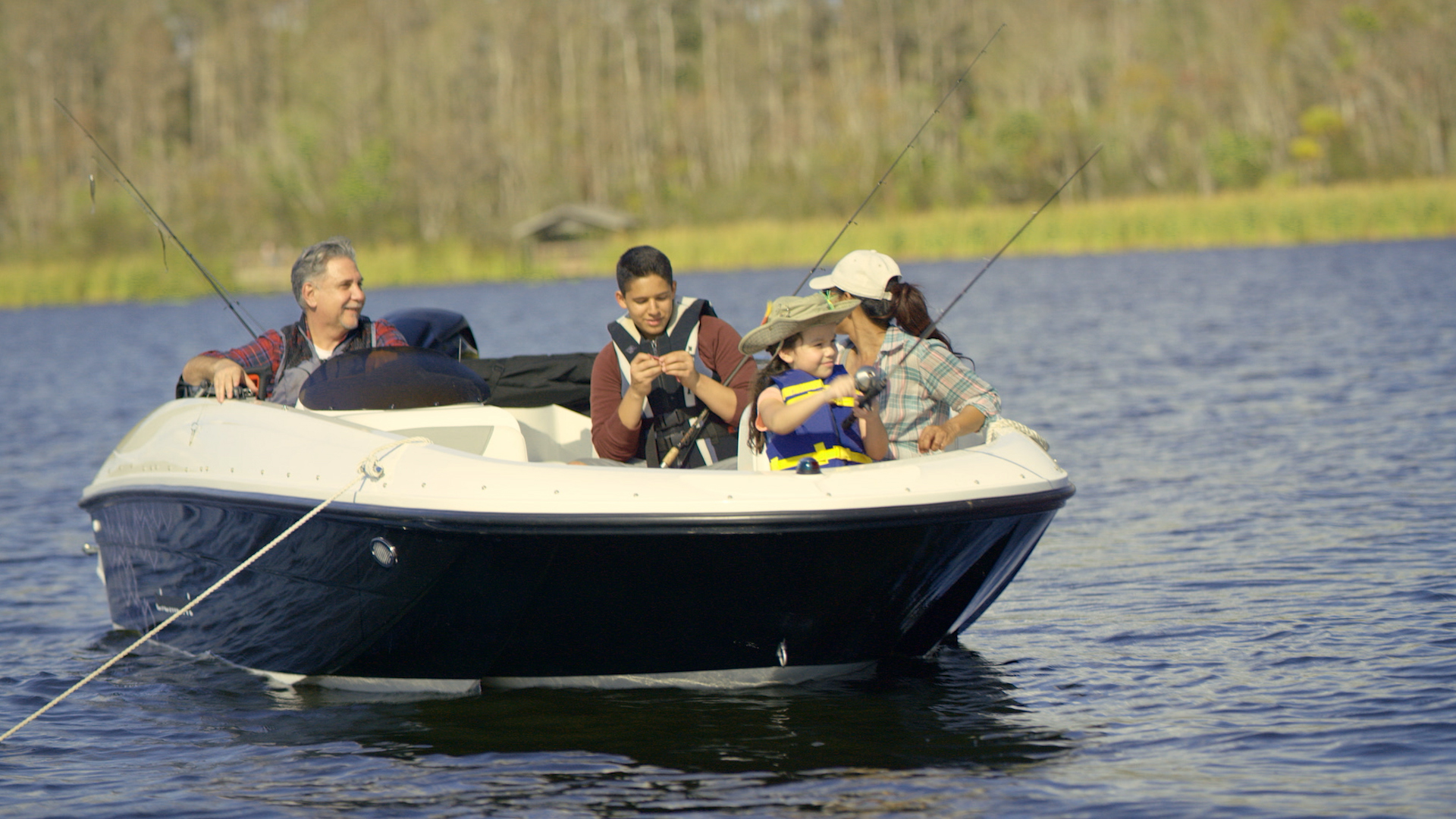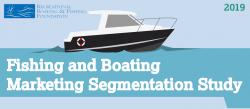Press Releases


ALEXANDRIA, VA (October 29, 2019) – The Recreational Boating & Fishing Foundation (RBFF) today released an analysis of consumer audiences within the United States to assess and prioritize opportunity areas for focus. The study surveyed over 3,000 individuals and families, including Hispanics, Millennial families, anglers and boaters. It reveals new insights that can be applied to marketing efforts throughout the fishing & boating industry.
“At RBFF, we believe in strong research as the basis of everything we do,” said RBFF President & CEO Frank Peterson. “Studies like this help us identify who to target and how to get our message across, all in the name of increasing fishing and boating participation, getting us closer and closer to our 60 in 60 goal.”
Key findings from the study helped group the audience opportunity into six new segments of potential consumers with varying interest in fishing & boating, which are:
- Avid Adventurists: these individuals are already outdoor enthusiasts, participating in activities that fuel their need for excitement and adventure. Avid Adventurists already enjoy fishing & boating separately or together and like trying new techniques.
- Vitals: no age skew; $73,000 mean household income; 49% with kids; no gender skew.
- Active Social Families: families who enjoy the outdoors and being active with friends and family. They seek out outdoor activity for a sense of excitement and fun, as well as time with family and relaxation. Additionally, this segment enjoys posting about the activity to build their brand.
- Vitals: young (18-34); $79,000 mean household income; 59% with kids; skews male.
- Family-Focused Relaxers: this group enjoys the outdoors with family, but is more interested in laid-back activities (picnicking, parks and beaches). Family-Focused Relaxers like to go fishing, but prioritize time with family over catching fish.
- Vitals: older (45-54); $75,000 mean household income; 53% with kids; skews female.
- Leisure-Time Enjoyers: just as the name implies, this group is all about leisure activities. Not too keen on the great outdoors, but when they do get outside, they enjoy slow-pace options like parks, beaches and lakes. A variety of perceived barriers keeps this group from participating in boating or fishing.
- Vitals: older (45-54); $77,000 mean household income; 44% with kids; skews female.
- Lukewarm Occasionalists: while they have average interest in fishing & boating, they aren’t self-motivated and typically only participate when invited by friends or family.
- Vitals: young (18-34); $75,000 mean household income; 53% with kids; skews male.
- Uncommitteds: least interested in outdoor activities; least likely to enjoy fishing & boating.
- Vitals: older (45-54); $65,000 mean household income; 33% with kids; no gender skew.
“One of the major trends we’re seeing in this research – and it’s being backed up in other studies we’ve conducted – is that diversity, equity and inclusion will be increasingly important for the future of our industry,” said RBFF Director of Marketing Rachel Piacenza. “We’re using these findings and focusing on the Active Social Families and Family-Focused Relaxer segments, who tend to be younger, more culturally diverse and more socially connected than the traditional angler. We have a real opportunity to use inclusive messaging to bring these consumers to the water and create lifelong anglers and boaters.”
General findings and trends:
- The study found significant opportunity to grow participation among those with interest to participate.
- 100 Million potential boaters.
- 88 Million potential anglers.
- Equipment purchases are most frequently carried out by the end user at big box retailers such as Walmart and outdoor specialty stores.
- Boating is a more seasonal activity and skews to lakes and waterways closer to home (within about a 2 hour drive).
- Crossover activities include:
- Camping, visiting parks, picnicking and hiking.
- Motivations to go fishing and/or boating remain consistent with previous findings: enjoying the outdoors, relaxation, spending time with friends and family, and recharging.
- Common barriers:
- Don’t know how to get started; don’t have skills or expertise; don’t have time; family/friends prefer other activities.
- Anglers spend an average of $424 per year on equipment.
- There is a 50/50 split between anglers practicing catch & release and catch & keep.
Conducted by Ipsos, the study is the result of a 25-minute survey of nearly 3,000 individuals diving in to participation, interest, income and more. The full report and infographic are available for free to all RBFF stakeholders.
About the Recreational Boating & Fishing Foundation (RBFF)
RBFF is a nonprofit organization whose mission is to increase participation in recreational angling and boating, thereby protecting and restoring the nation's aquatic natural resources. RBFF's recently announced 60-in-60 effort strives to attract 60 million anglers to the sport by the end of 2021. To help recruit, retain and reactivate participants, RBFF developed the award-winning Take Me Fishing™ and Vamos A Pescar™ campaigns creating awareness about boating, fishing and conservation, and educating people about the benefits of participation. These campaigns help boaters and anglers of all ages and experience levels learn, plan and equip for a day on the water. The campaign websites, TakeMeFishing.org and VamosAPescar.org, feature how-to videos, information on how to get a fishing license and boat registration, and an interactive state-by-state map that allows visitors to find local boating and fishing spots.



